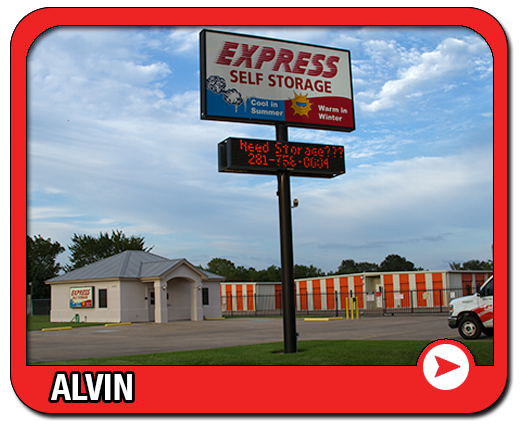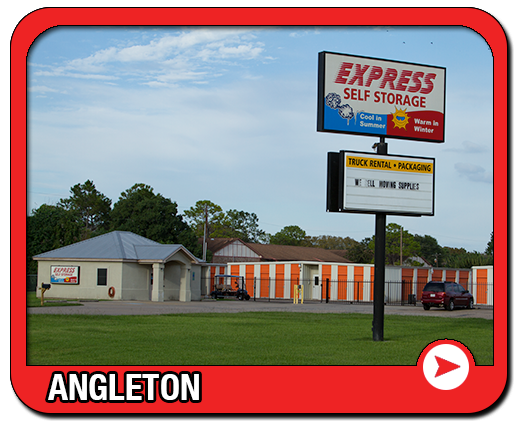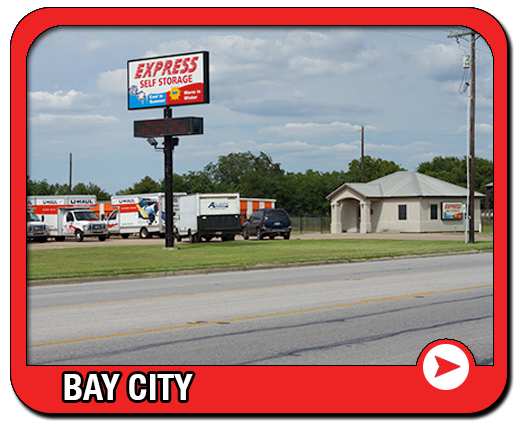What & How To Store Your Belongings
General Storage Information & Packing Tips from TSSA
Storage Information
- Do not store hazardous or toxic materials OR flammable liquids OR gases OR foods. If you are not sure you should store something, ask the staff.
- Do not store any combustibles! Do not store items such as propane tanks, old paint, cleaning fluids, gasoline or other things that might create or intensify a fire.
- You alone are responsible for providing insurance on your property. You must buy insurance coverage yourself and you must pay the premium yourself; the facility does not insure your belongings.
- Remember that only the tenant is legally entitled to enter the storage space unless other arrangements have been made with the self-storage facility; for example, if you want friends and members of your family to use your storage space, you must list them under access rights on the rental agreement.
- Visit your self-storage space on occasion to check the condition of your belongings; occasionally move or shift your belongings so that you see all sides of them.
- When moving out of storage, give at least 10 days written notice. Remove everything and don't leave any trash. Leave the unit in broom-clean condition. Remove your lock.
- If storing bedding, clothing or furniture covered in fabric or property that may be affected by changes in temperature, it may be wise to rent climate-controlled space to provide a better storage environment for your personal belongings. Be certain that everything stored is dry, as any moisture may cause mildew. If you move during rain, dry off your belongings before placing them into storage. Do not store anything that is wet; moisture is bad for virtually all property or belongings.
- When storing children's items: clean items thoroughly and wash all fabrics before storing, this will help reduce the potential for mold and mildew growth.
Packing Tips
- Fill boxes to capacity. Partially full or bulging boxes may collapse or tip over while stored.
- Label your boxes and belongings. This will make accessing items much easier.
- Books and documents: Pack books flat to protect spines; use small boxes to avoid boxes that are too heavy to move easily. Put heavy items on bottom.
- Dishes and glassware: Glass items should be individually wrapped; use blank (also called News Print) wrapping paper or bubble wrap for best results; "nest" cups and bowls, stand plates and platters; fill air pockets with wrapping paper or foam peanuts; don't put breakables under other boxes.
- Mirrors, windows, screens: Wrap all glass well; store on edge, not flat.
- Lamps: Pack lamp shades separately; use blank paper to wrap lamp shades and other property that may be damaged by ink stains from regular newsprint.
- Furniture: Stand sofas and mattresses on end; disassemble beds and tables; wrap legs in wrapping paper; keep upholstery off floor; place loose, light plastic dust covers or sheets over furniture.
- Appliances and electronics: Clean appliances thoroughly. Refrigerators and freezers must be defrosted and dry and washing machines completely drained. Remove doors of appliances and store separately; desiccants/drying agents, like Damp Rid, should be used and containers checked and emptied regularly. Take apart lawn mowers and blowers, making sure all the fuel is completely drained.
- Bicycles & tools: Wipe a few drops of oil on bicycles and tools to prevent rusting, then store these items away from furniture to avoid oil staining.
- Clothes: Wardrobe boxes allow you to store your clothing on hangers. Shoes can be stored in the bottom of the wardrobe boxes, while folded clothing can be stored in boxes or dresser drawers.
- Put pallets or a grid of 2' x 3's on the unit floor to give better air circulation under belongings leave a walkway/aisle to the rear of the unit. Don't over pack the unit!
Take a few minutes to plan out how to fill your storage unit.
- Start your move by filling your vehicle from back to front like you want your unit packed, so the items at the back of the moving vehicle will be the first items into your storage unit.
- Leave space between the walls of the boxes and the storage unit to allow for airflow and minimize moisture build up.
- Leave aisles so that you may easily access any items as needed from your unit.
- Free standing shelves and stacking boxes of the same size make the best use of vertical space.
- Wood pallets can help lift items from the floor and increase air flow through your unit.
- Use mattress and furniture covers (available in all stores) to protect your household belongings.
- Use moisture absorbing products like Damp Rid! The Gulf Coast is a damp place to live, so moisture absorbers are very important to help keep excess moisture build up at a minimum inside your unit. Remember to replace these on a regular basis.
- LABELS! Labels, labels, labels. Whether you buy preprinted labels, make your own with colored dots and index cards or just use a big black marker, label your boxes and not easily identifiable items. Labels and aisles will make a big difference in how long it takes you to locate that special item you're looking for.
Never store food or other consumables in your unit (things you might not consider food are: plants, plant items likes bulbs or seed, grass or hay seed, fruit seeds, etc.)





